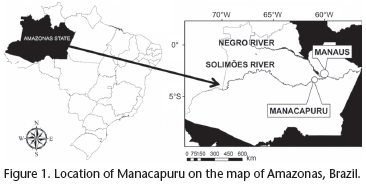Dolphin interactions with fishermen have increased significantly and pose potential risks to the boto, Inia geoffrensis (Blainville, 1817), and the tucuxi, Sotalia fluviatilis (Gervais & Deville, 1853). The main objective of the present paper was to describe the existing conflicts between river dolphins and fishermen in the municipality of Manacapuru region. Sixteen fishermen were interviewed in Manacapuru, state of Amazonas, Brazil who described a situation of ongoing conflict that may be unsustainable. Two merchants from Manacapuru made unconfirmed reports on a boto carcass trade. Data collection for this study occurred between April 20th and April 25th, 2009, but the first author had been conducting research on river dolphins and fisheries in Manacapuru and nearby cities since the beginning of 2008, in order to gain the trust of the fishermen interviewed. The hunting and deliberate killing of the species is probably more threatening to botos than their incidental capture in fishing gears in the Manacapuru region. This practice may result from the fact that dolphins are prone to damaging fishing equipment, and stealing (and possibly damaging) fish from the nets. They are portrayed negatively in numerous myths and superstitions of traditional Amazonian folklore, making them extremely undesired or even hated, seen as pests, and used in the piracatinga, Calophysus macropterus (Lichtenstein, 1819) fishery as bait. For tucuxis, incidental capture still represents the major threat to their conservation in the region evaluated here.
Amazon river dolphins; fisheries interactions; piracatinga





